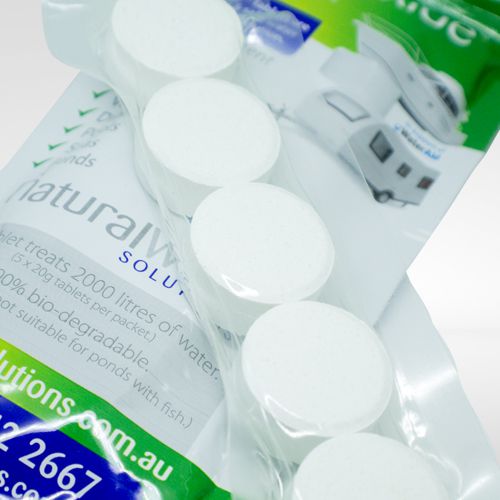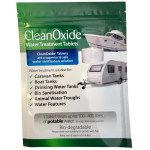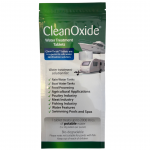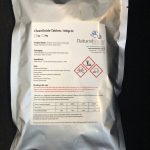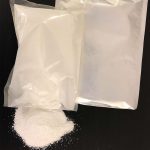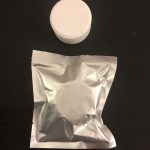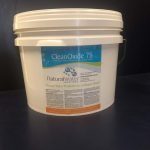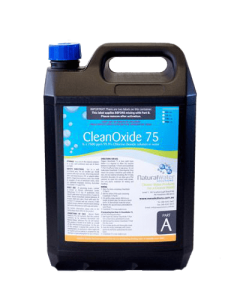Menu
Commercial Water Treatment with Chlorine Dioxide
Recognised by the World Health Organisation as the most powerful water sanitiser available, Chlorine Dioxide is being used in more than 900 public water systems worldwide. A clean and effective means of treating drinking water to remove dangerous bacteria such as E. Coli and Legionella.

